Behind the Scenes of a Bestselling Book Launch
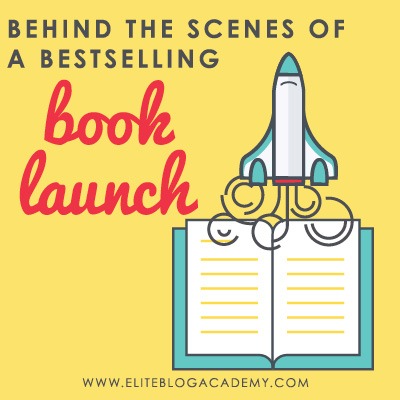
Finished writing your book but not sure how to publish, promote, and launch it? Don’t miss this behind-the-scenes look into a bestselling book launch!
A lot of bloggers–or would be bloggers–look at blogging as a way to launch a writing or speaking career. After all, these days, as most publishers and book agents will tell you, if you want to write a book, you have to have a platform.
Or maybe for you, it’s the other way around–you’ve already started your blog and begun building your platform, and now you’d like to write a book of your own. It just seems like the next logical step.
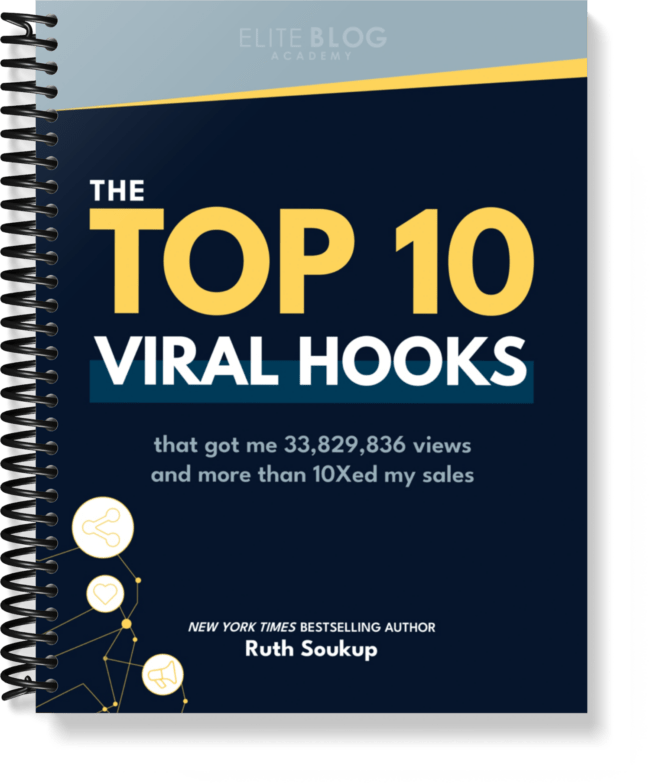
Are you ready for one sentence to change your business?
Using the right hook can do just that!
The truth is, an Instagram reel won’t change your business, at least not all on its own. But if you’re using the power of Instagram to drive leads into your business, using the right hook is vital for your success. Grab the exact hooks that have gone viral for my @ruthsoukup Instagram account again and again (and got me over 30 MILLION views and tens of thousands of new followers).
And the best part? It’s completely free! Just fill in your information below so I know where to send it.
Either way, at some point you will (hopefully) finish writing said book. And while you might think the hard part is over, (after all, what could be harder than pouring your heart and soul into crafting an amazing book?), the reality is that the real work is just beginning.
You see, you also have to SELL your book. And that can seem like a pretty daunting task.
I can totally relate. When I first made the transition from blogger to author, there was so much I was completely in the dark about. Should I publish the book myself? Do I need a team to help me plan? Do I need a publicist? How do I tackle advertising? How exactly do you “launch” a book? Won’t a publisher take care of all the sales and marketing?
Questions like these are exactly why I want to take you behind the scenes — to show you exactly what a book launch looks like and to “turn on the light” so you’re not fumbling around in the dark like I was my first time around!
With more options available now than ever before, it’s easy to feel overwhelmed and uncertain about launching your book. The strategies I’m going to share below are what helped make my first book, Living Well, Spending Less: 12 Secrets of the Good Life, a New York Times bestseller, and they are strategies that we have applied to all our subsequent book and product launches as well.
Traditional Publishing Vs. Self-Publishing
Before we move on, I want to point out a few key differences between publishing a book with a publisher and self-publishing a book on your own. I’ve gone both routes, and each option has pros and cons worth considering.
When you work with a publisher, you’ll:
- Experience a bit more hand-holding and guidance in the publishing process (for things like formatting, editing, cover design, etc.)
- Get the opportunity to work with a professional marketing team
- Have more credibility than if you self-publish
Working with a publisher is great for a first-time author. Since you don’t have the experience of creating a book, having the help of people who know and understand the process is hugely valuable.
One of the biggest pros of going the traditional route is there’s still a certain credibility that comes along with traditionally publishing a book. That’s one of the reasons I went with a traditional publisher in the first place — one of my lifelong goals was to make the NYT Bestseller List, and at the time, working with a traditional publisher was the only way to get there.
The tides are changing and institutions like The New York Times are definitely starting to pay more attention to self-published books. But right now, there’s still that certain level of “street cred” that comes from going the traditional publishing route.
When you self-publish, you’ll:
- Have complete control over the entire publishing process
- Be able to publish faster since you’re not dealing with any corporate bureaucracy
- Keep all the profits (which is obviously pretty awesome!)
When I signed with my agent for my first book, we met and agreed she would present the proposals to publishers, so my part — at least for the moment — was finished.
But I had all this nervous energy waiting for the book proposals to get accepted, so I channeled it into writing How to Blog for Profit Without Selling Your Soul and ended up self-publishing that in the meantime.
To give you an idea of how much faster self-publishing is, I was able to self-publish the book, rewrite it, and self-publish a second edition all before my first traditionally published book hit stores. With traditional publishing, it takes about 18 months to get your book from concept to hitting the shelves. With self-publishing, the process is a lot simpler — and a lot quicker!
Now, the biggest pro to self-publishing is you have complete control. You can choose your own cover, you can write exactly what you want, and you get to keep all of your profit.
But the downside is you’re responsible for everything; there’s no publishing house to help you. That’s why I recommend if you’re going to self-publish, hire some help. Stick to your zone of genius — writing — and bring in other experts, like an editor and a cover designer, to help you pull the book together.
Okay, so now that we’ve covered the differences between traditional publishing and self-publishing, let’s get back to the launch.
Plan Ahead For Killer Results
The biggest secret to a successful launch that gets you the killer results you want (and deserve)?
Planning ahead.
Planning the details of your launch well in advance can mean the difference between an explosive launch… or launching to crickets.
For my first big book launch, we spent six months planning our launch strategy. Yes, SIX months! When you are used to the practically instant nature of blogging, that amount of time feels like it is an eternity. But for my second traditionally published book, Unstuffed, we started planning even earlier! Since we already published Living Well, Spending Less: 12 Secrets of the Good Life, we started there. We looked at the good, the bad, and the ugly: what worked and what didn’t work with the launch.
Then we took those lessons and used them to develop our marketing strategy for Unstuffed. We started planning our marketing an entire year before the launch. In fact, we started planning the marketing strategy before I had even finished writing the book!
Our goal for both major book launches was to sell 10,000 copies during the pre-sale period, so we planned for that from day one. And we were blown away by the results! (Living Well Spending Less sold 30,000 copies in its opening week (which includes pre-sales), and Unstuffed did almost as well, selling 20,000 copies and hitting 2 bestseller lists — The Wall Street Journal and USA Today.)
All our planning paid off and our strategy was successful. And I wanted to share that marketing blueprint with you, so you can plan for an amazing launch, too.
So, what does a successful book launch strategy look like?
1. Pregame with a Pre-Sale
The first step to a successful book launch strategy actually happens before your launch: your pre-sale. And one of the biggest components of a successful pre-sale is a strong email list.
You NEED a strong email list in order to successfully launch a book. So while you’re writing your book or while you’re in the planning stages, focus on building that relationship with your audience — and excitement about your book — through your email list. Then, when you’re ready to launch, you’ll have a built-in audience of people waiting to get their hands on your book.
When I was writing Unstuffed, I used my weekly email newsletter to include my audience in the writing process. I didn’t talk about the book every single week (not even I wanted to hear about it that much!), but I kept them updated on my progress and I planted seeds to get them interested and excited about the book in an organic way.
One time, I was really struggling with getting the book done, so I wrote an email to my list about how I was procrastinating. I was open and honest about where I was in the process, and about how I worried I wasn’t going to finish before a meeting with my publishers the following week.
I received great feedback and support, which was awesome! But what I forgot was that my editor was also on my list. So not long after sending that email, I got an email from her saying, “So that’s a really great way to tell me you’re behind on the book.”
It was pretty hilarious at the time, but needless to say, it also gave me the motivation I needed to get back to work!
Sending out emails like that, and keeping my audience in the loop on how the book was coming along, made them feel like they were a part of the process. And when we were ready to launch, because they felt like they were a part of the book (which they were!), they wanted to buy it.
You can use the same strategy to get your audience excited about your book. Let them in on what’s going on, keep them in the loop on the launch, and build that relationship with your list. When you’re ready to launch your pre-sale, they’ll be dying to get a copy of your book.
2. Create a Killer Pre-Sale Package
Now, building the relationship with your audience is key before your pre-sale. But you don’t want to rely on that relationship alone to drive pre-sales. You’ve got to add a little extra something-something to sweeten up the deal and get them to buy: a pre-sale package.
Without a great pre-sale package, your audience likely won’t feel compelled to buy. They might think “oh, I’ll just wait until I read some reviews” or “oh, I’m sure it’ll go on sale eventually.” By throwing in a sweet pre-sale package that adds serious value, you’re creating the sense of urgency to buy NOW.
So, what should you include in your book’s pre-sale package?
There’s no one-size-fits-all answer to that question. It depends on your book and your audience. But whatever you decide to do for your pre-sale package, the goal is to add a ton of value. Make it an offer your readers can’t resist and watch your pre-order numbers go through the roof.
For Living Well Spending Less, we offered a printable home planning workbook that was extremely popular! In fact, we got so much great feedback on this printable planner (and so many requests to create a physical version), that it became the precursor to our Living Well Planner®,which is now our company’s cornerstone product.
For Unstuffed, the pre-sale package was a bit tricky; since it’s a book about decluttering, the last thing we wanted to do was load readers up with more stuff they would have to get rid of! So we set up a membership site just for people who pre-ordered the book and packed it with a bunch of awesome resources and tools to help them on their decluttering journey.
3. Spice Things Up With A Challenge
Another great way to support your launch (and build your email list at the same time!) is through a challenge.
Now, I don’t mean challenge your audience to a duel or an epic trivia competition (although that does sound like fun!). A challenge is a way to get them engaged with your content, give them a sneak preview about what’s to come in the book, and build their interest to a boiling point so by the time the challenge is over, they need to get their hands on your book, pronto.
For example, let’s say you’re launching a book of healthy juice recipes to help people jumpstart a healthy lifestyle. You could do a week-long challenge where each day you send them a new tip to get them ready to start juicing, like a review of your top 3 favorite juicers and a shopping list of all the yummy produce they’ll need to get their juice on.
For Living Well Spending Less, we actually created 2 very similar challenges–one called “The Stress Free Christmas Challenge,” which helped promote pre-sales before Christmas, even though we had a somewhat tricky launch date of December 30th, and one called the “12 Secrets Challenge” which offered similar content, but could be used after Christmas. Both were a hit.
For Unstuffed, we used a “10-Day Unstuffed Challenge”. We created and sent 10 videos to our email subscribers — each video focused on a different theme that aligned with one of the 9 chapters of the book and challenged them to declutter. Then, on the 10th day, we sent a video promoting the book and getting them excited about how it could change their homes.
Having a challenge serves two purposes: it will not only help build your email list, but it will also help promote the book and drive sales. For Unstuffed, the conversion rates of people who took part in the challenge then bought the book were awesome, and a challenge can do the same for your launch, too!
4. Assemble The Troops
Do you want to know one of the best ways to market your book?
Have other people do it for you.
I’m talking about launch teams, and they’re an AMAZING tool for getting the word out and getting other potential readers excited about your book.
A launch team is exactly what it sounds like; it’s a troop of people to help support your launch. You give them the inside scoop and let them read the book before anyone else, and they help promote it before it hit shelves.
Our launch team was such a huge help! Our publisher sent out a huge email blast asking people to be a part of our launch team. We picked 500 people at random, and we sent them a free, advanced copy of the book before it launched.
Once they received their free copies and read the book, our launch team helped promote the book for us. We set up a Facebook group for them to talk about it, they left reviews on Amazon and Barnes and Noble, and they talked about the book on their own blogs.
It was an amazing success! Other people saw how much our launch team loved the book, and that social proof helped encourage them to buy it.
Now, you don’t need a publisher, a huge list, or 500 people to build your own launch team. In fact, if I were to do it over again, I’d probably go just a bit smaller next time around. Your launch team could be 25 of your biggest fans — in fact, that’s what I did with my first self-published book. Having a launch team — even if it’s small — will help you get reviews and building the social proof you need to launch.
5. Get Your Ads On
Another strategy you can use to support your launch is advertising. If you are working with a publisher, this is something you will definitely want to coordinate with them, but definitely DO discuss it!
When it comes to ads, your best bet will definitely be Facebook.
Facebook has an amazing advertising platform, and there’s all kinds of neat stuff you can do with targeting your audience.
(Want to dig deeper into Facebook Ads? Here are some Facebook Advertising basics!)
There are almost as many different ways to run Facebook ads as there are people on Facebook, so you’ll have to experiment to find the magic formula that works for you, but I want to share what worked for me (just in case it works for you, too!).
Leading up to the launch, we ran Facebook ads promoting the book and the pre-order bonus. We made the ads with long, slightly complicated copy. We found that the longer and more detailed the copy in the ads was, the more value it communicated to our audience — and the more likely they were to follow through.
Unfortunately, we were more successful with LWSL than with Unstuffed. I think our problem was the pre-order bonus. For Unstuffed, we had the membership site, which was super valuable, but definitely more complex than our freebie for LWSL, which was a simple home-planning workbook. The workbook, which was more straightforward and simple, got a much warmer reception than the membership site.
Lesson learned: for your pre-order freebie, keep it simple to help boost your advertising results. For ad copy, keep it more complex to communicate more value to your audience.
6. Get The Word Out
The last component of a successful marketing strategy is PR piece. Having a solid PR strategy to get the word out about your book to the people who are most likely to want to read it can do HUGE things for your launch.
There are a few different roads you can take on the PR front. You can go after a few blogs or podcasts with a large following or you can go after blogs or podcasts with a smaller (but engaged) following.
There’re pros and cons for each; if you go after the larger blogs or podcasts, obviously you’ll get exposure to a bigger group of people. But those blogs and podcasts are typically harder to get on, and the more people in the audience, the harder it will be to tailor what you say to fit that audience.
With smaller blogs and podcasts, you’ll have to do way more, since each audience is relatively small. But smaller blogs and podcasts that are hyper-targeted to a specific niche can actually be a better strategy.
We worked with a PR company for both book launches. When we launched Living Well, Spending Less: 12 Secrets of the Good Life, I did WAY more interviews, typically on podcasts that had smaller audiences.
The second time around, mostly because I was so swamped and had zero time, I decided to do fewer interviews with outlets that had larger audiences.
Looking back, I think doing more interviews with smaller audiences was a better strategy. It was way more powerful because it felt more personal. And those audiences, even though they were smaller, were much more engaged, so I was able to make a bigger impact.
Now, just as an FYI, you don’t need a PR company to launch your book! If you’re doing your own PR, you can absolutely line up your own podcast interviews. Even if you’re just starting out or you don’t have a huge platform, reach out to those podcasts with smaller audiences. They’re always looking for people to interview, and like I said — the smaller audiences are the ones where you can have the biggest impact.
Focus on what you KNOW works best.
What I’ve Learned From My Book Launches
Launching my books and all my other products has been a huge learning experience. Looking back, there’s definitely some things I wish I had known sooner. Here are some major lessons I’ve learned along the way that can hopefully help make your launch a little smoother and more successful:
- Focus on what you KNOW works best. Don’t worry about trying to do everything or doing something because you see someone else doing it. Do what’s best for you and your brand.
- Focus on a smaller, more engaged launch team. Working with a 500-person launch team was a little overwhelming, and from now on, I’ll be moving back to a smaller launch team model.
- If you’re a first-time author, don’t try to launch your book straight out the gate. Try launching something smaller, like a short e-book, to get some experience and figure out the process.
I know this seems like a lot to handle, but if anyone can launch a book, it’s you. And I can’t wait to read it!
Want more writing tips? Here are some ways to find your unique writing style, your voice as a blogger, and even some tips on how to share yourself without sharing too much. Are you ready to dig deeper and earn an income creating content? Maybe you’ve dreamed of starting a business, but aren’t quite sure how to begin. Maybe you’ve heard that there’s money to be made online, but you don’t really see how, or have any idea how that could work for you. Maybe you’re just stuck in a job you hate, and are looking for a way out. Maybe you’re just ready for a change.
Elite Blog Academy will show you exactly how to build this business you’ve been dreaming of, step by step, because our unique Upside Down Business Model has been proven, time and time again, to get results. Join the waitlist today and get our 120 Blog Post Ideas for free!
P.S. I’d love to hear your thoughts on this topic! Have you launched a book or a product? What were your biggest lessons? Please share your tips and advice in the comment section below!

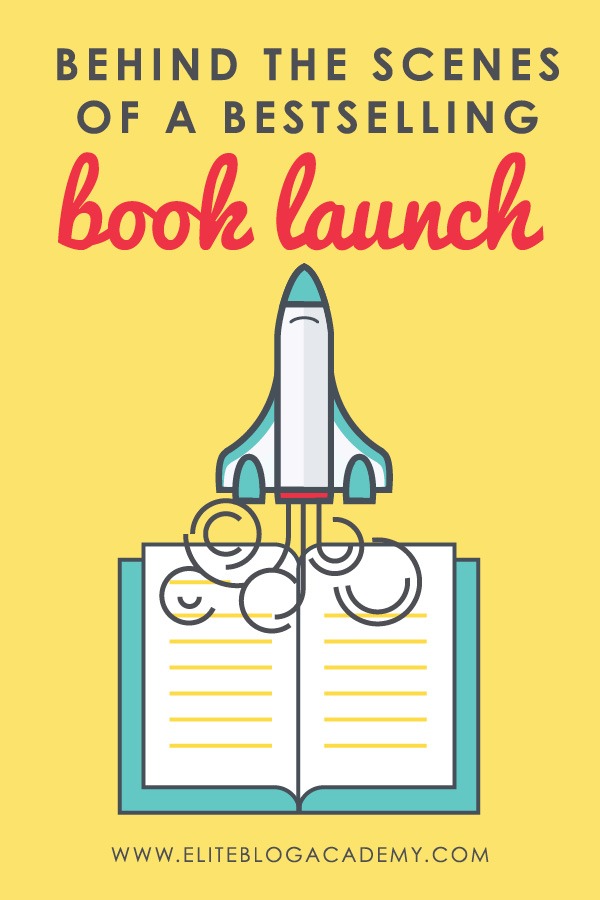
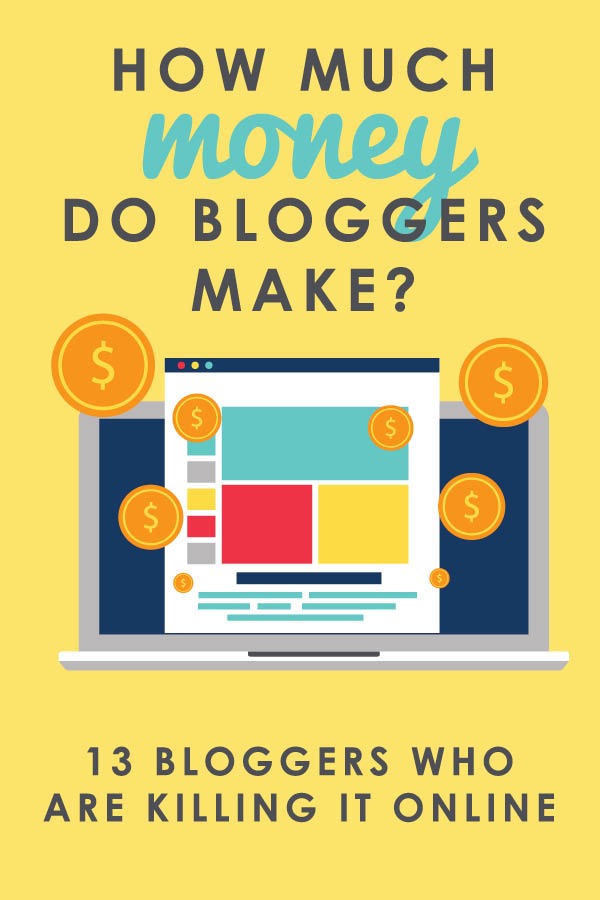
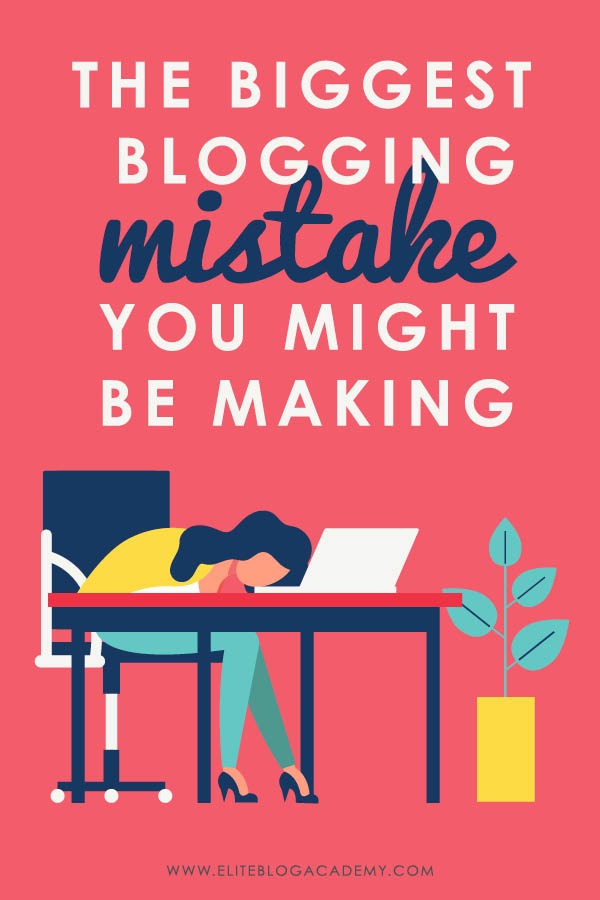
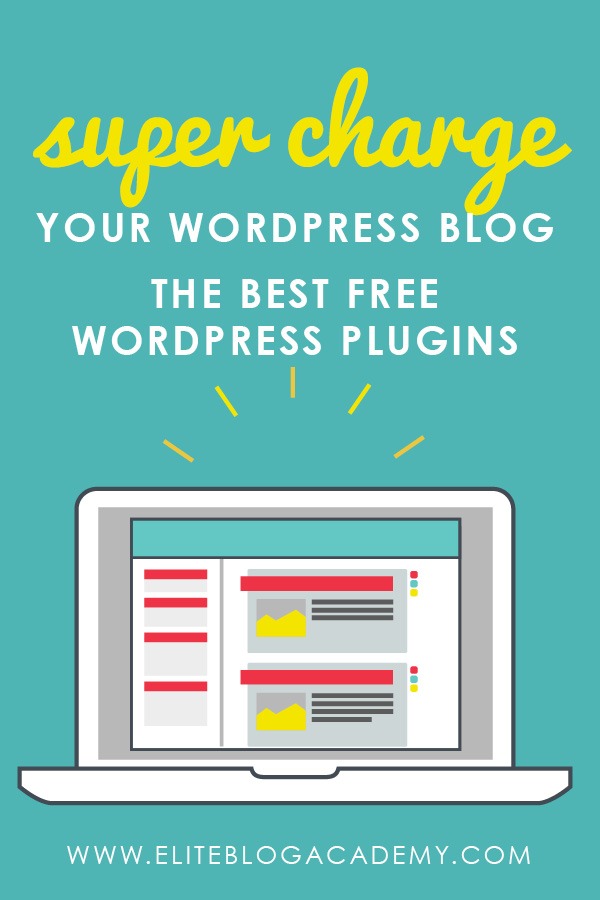
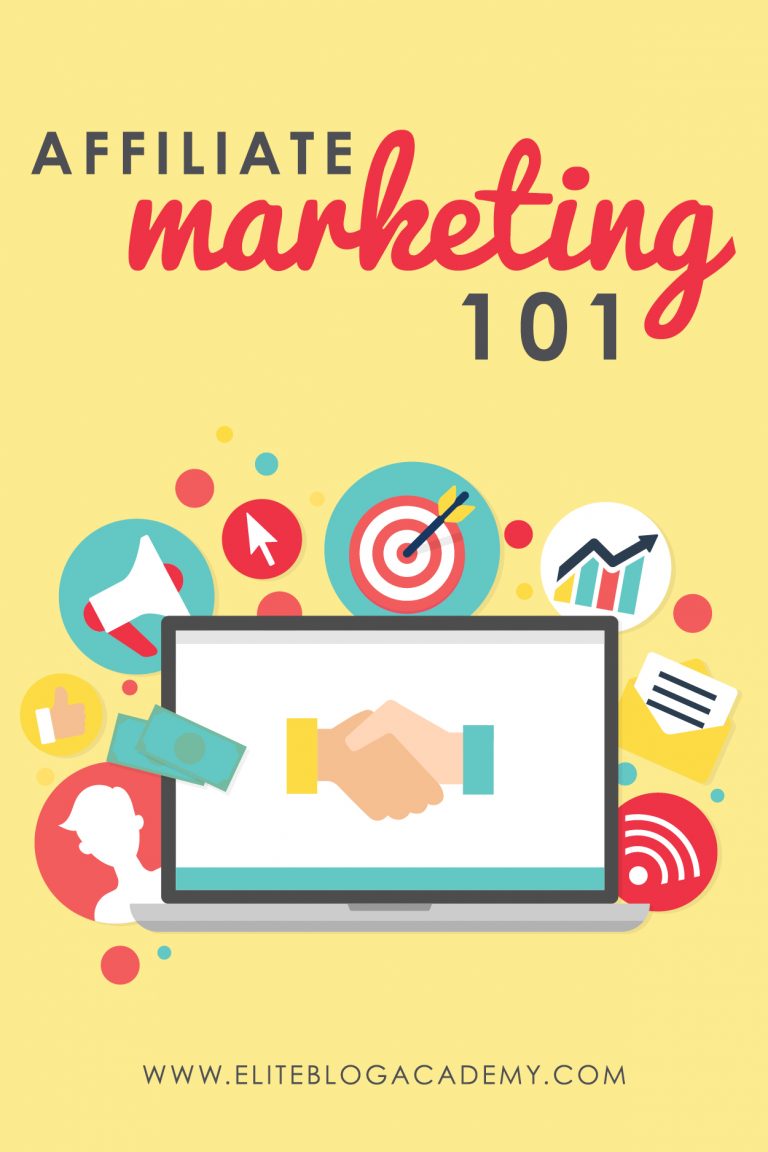
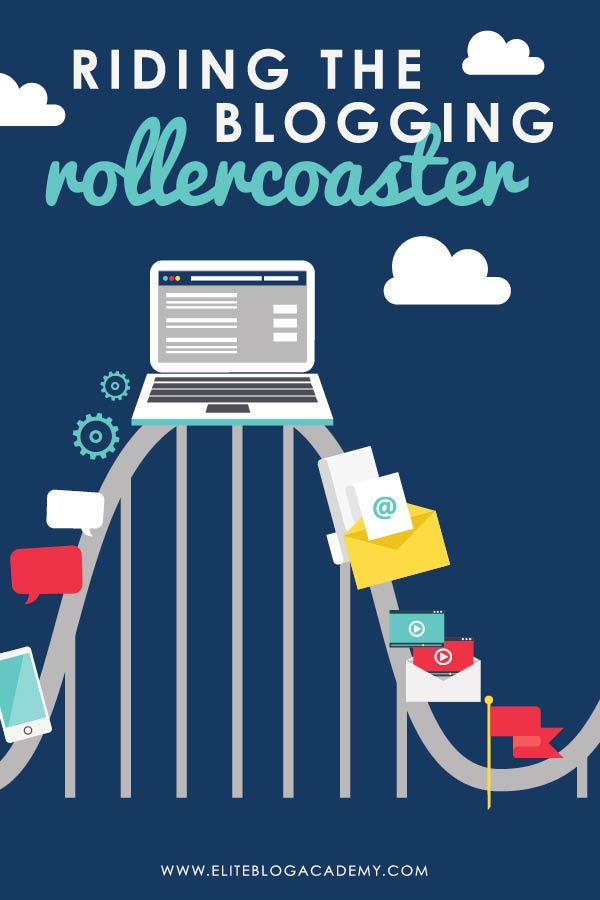

Hello Ruth, This has helped me so much and look back to what I was focused on in the first place. To do it myself. I don’t have a great support system but reading and re-reading your information, i feel I can build one. My book is short stories of my grandfathers life and it is in first round of editing right now. So now is when I need to start building my e-mail list. Thank you for the tips and I love my daily planner as well. Hugs
Hi Ruth thank you for this! I’m struggling to get a plan together for my launch as I would really like to hit a particular date as it’s an awareness week for the topic but it only gives me 4 weeks to sort it! This has really helped me to clarify just what I should and shouldn’t do, and also made me realise I could do a pre-sale with an ebook which is awesome! Thanks again xxx Joelle
I just discovered your blog, great information. One question regarding having a strong list to launch a book, how many people would you consider a strong list?
This is great advice. Thanks for letting us into the behind the scenes!
Thank Ruth for,louch,book,it,is,help,me,future,